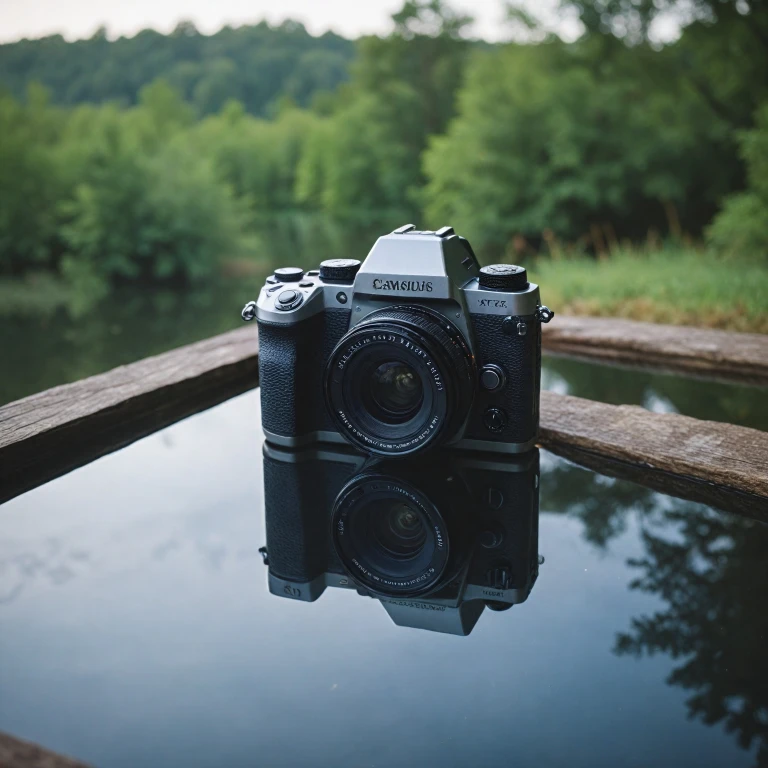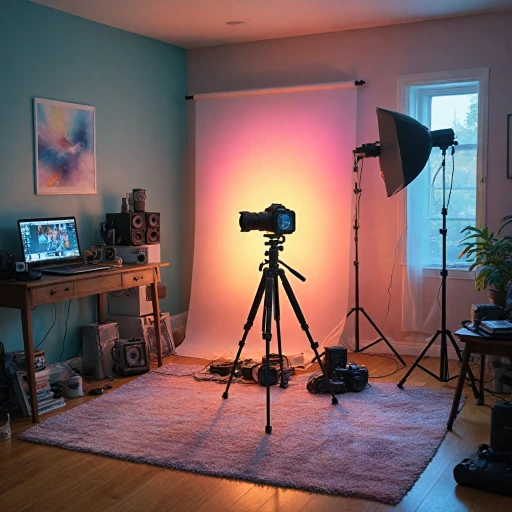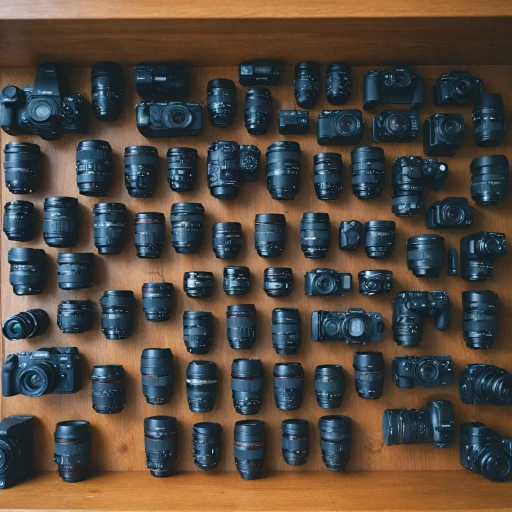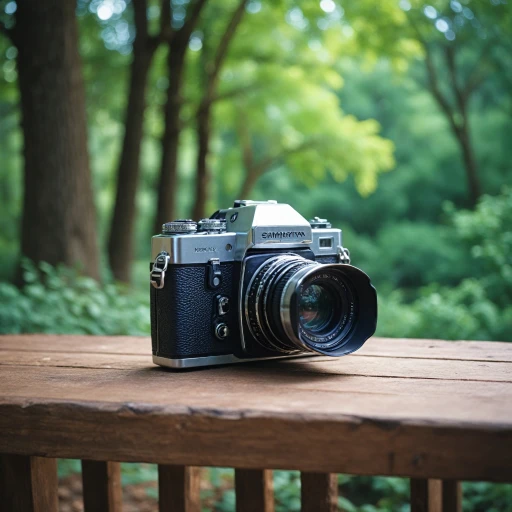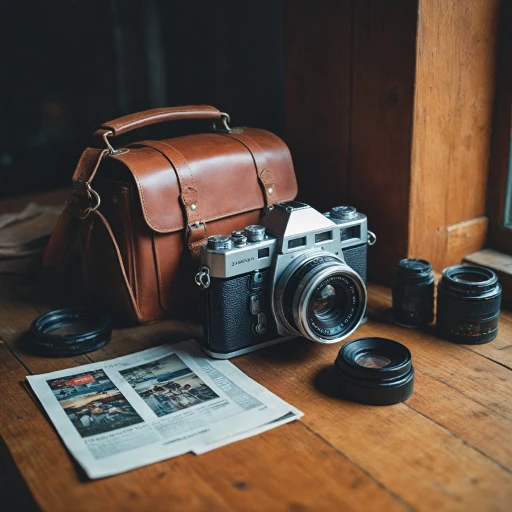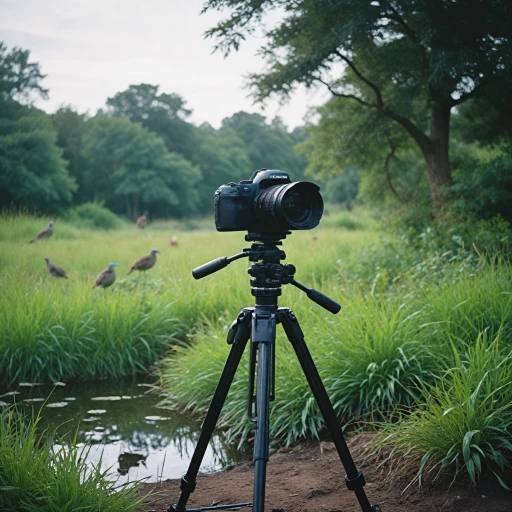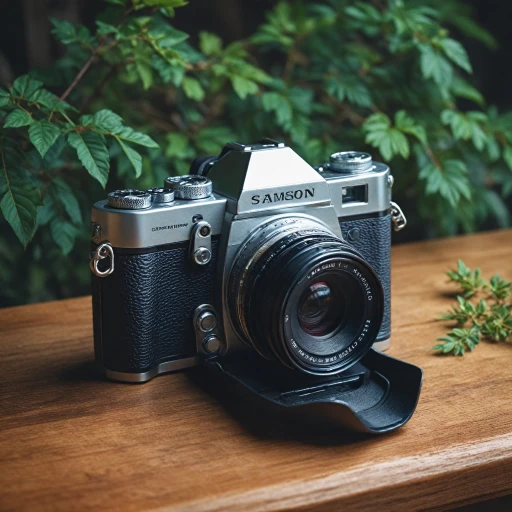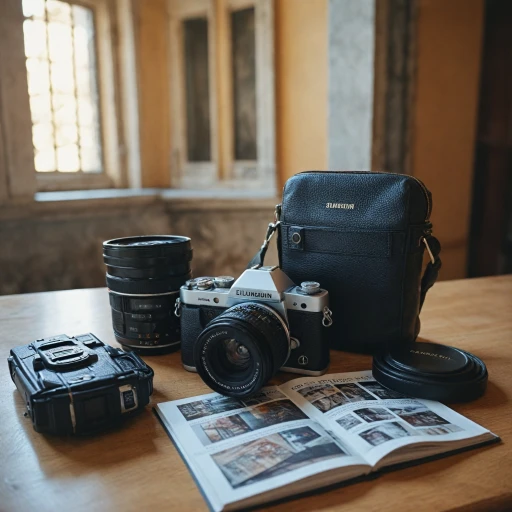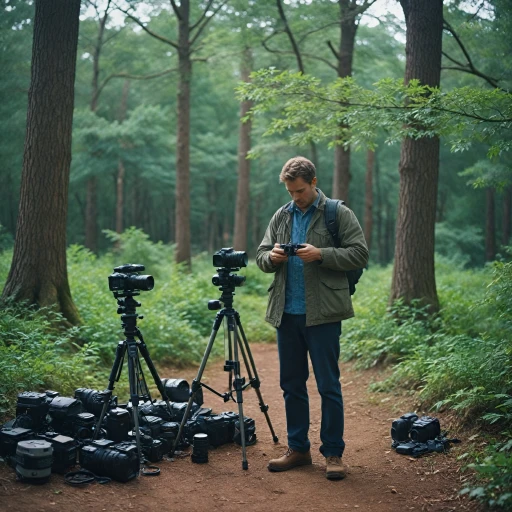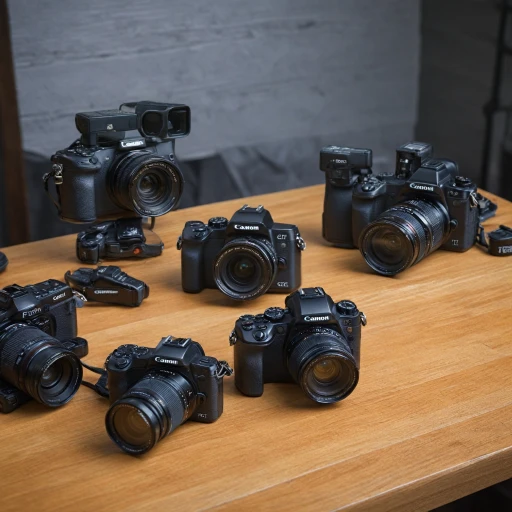
The Basics of Mirrorless and DSLR Cameras
Understanding the Core Structures
In the world of photography, the terms mirrorless and DSLR are tossed around frequently. Both have their own set of characteristics, which affect the overall image quality and shooting experience. At the heart of the differences lies their core structures. A mirrorless camera is defined by its lack of a mirror mechanism. This absence translates to a sleeker, often lighter body, making it appealing for photographers who prioritize portability. Unlike the mirrorless system, DSLR cameras utilize a mirror to reflect the light coming through the lens up into an optical viewfinder.
The Role of Viewfinders
The type of viewfinder is a pivotal factor when distinguishing between mirrorless and DSLRs. Mirrorless cameras typically feature an electronic viewfinder (EVF) or rely on an LCD screen for composing images in live view mode. In contrast, DSLRs boast an optical viewfinder, utilizing mirrors that give a true-to-life representation of the image frame. This difference can influence your choice depending on whether you favor traditional optical viewfinders or the modern electronic approach.
The Sensor and Shutter Systems
Another fundamental difference lies in the sensor and shutter mechanisms. The design of DSLRs allows for a variety of full-frame and crop sensors, offering flexibility in terms of image quality and low-light performance. Meanwhile, mirrorless cameras have advanced significantly, with many now offering full-frame capability while still maintaining their compact form factor. Additionally, the shutter system in mirrorless cameras being electronic can give them a speed advantage in certain shooting scenarios.
For those intrigued by these aspects, another element that could influence your decision-making process is the comparative analysis of lens adapters. The choice between Nikon F to EF adapters can further expand compatibility options for photographers across different eos systems and brands like Canon and Nikon.
Image Quality and Performance
Image Quality and Overall Performance
When it comes to capturing impressive photographs, both mirrorless and DSLR cameras are popular choices due to their ability to deliver excellent image quality. However, some differences set them apart in terms of performance. Let's delve into these aspects.
Mirrorless cameras, such as the Canon EOS series, utilize advanced sensor technology, allowing them to compete closely with their DSLR counterparts. These cameras often come equipped with innovative features like electronic viewfinders and live view options that provide real-time feedback, making it easier to focus and adjust settings, particularly useful in low light conditions.
DSLRs, known for their traditional optical viewfinders, give users a direct look through the lens, which many photographers prefer for its clarity and immediacy. The optical viewfinder advantage often translates into faster shooting response times, particularly beneficial for fast-paced photography settings like sports or wedding photography.
As for image sensors, both systems offer models with full frame sensors, providing exceptional detail and clarity. Canon and Nikon, among others, offer both mirrorless and DSLR options with full frame capabilities. However, mirrorless cameras frequently feature a more compact system, which can lead to improvements in terms of sensor technology speed and efficiency.
Another consideration is the autofocus system. Mirrorless cameras tend to excel with advanced autofocus features like face and eye detection, which can be pivotal in achieving precise focus. On the other hand, many DSLRs boast robust autofocus systems with sophisticated tracking capabilities, making them ideal for various photography genres.
Ultimately, both mirrorless and DSLR systems are capable of producing remarkable images. The key is understanding the specific features and performance aspects that align with your photography needs and preferences.
Portability and Ergonomics
Handling and Carrying Your Camera Gear
When it comes to portability and ergonomics, the differences between mirrorless and DSLR cameras are quite noticeable. Because mirrorless cameras eliminate the traditional mirror mechanism found in DSLRs, they tend to be more compact and lighter. This makes them ideal choices for photographers who prioritize ease of transport, or those engaged in activities like travel or street shooting, where carrying less bulk can be crucial.
The lightness of mirrorless cameras, like the Canon EOS lineup, also benefits photographers who are constantly on the move. Whether you’re shooting a wedding or capturing landscapes, you’ll appreciate the reduced weight coupled with excellent image quality. However, it’s worth mentioning that the portability of mirrorless cameras can sometimes be mitigated by the lenses you choose; a heavier, full frame lens like on an EOS mirrorless camera might negate the weight advantage.
On the other hand, DSLR cameras often boast a more robust build and tend to offer a better-balanced grip, which some photographers find more comfortable for extended shooting sessions. Models like the EOS DSLR or Nikon's offerings provide a familiar heft that many say enhances stability, especially with larger lenses in play.
When comparing electronic viewfinders in mirrorless cameras to the optical viewfinders of DSLRs, you'll notice differences in how each influences the shooting experience. Mirrorless cameras provide a real-time preview, including exposure and color adjustments, through their electronic viewfinder or LCD screen. This can be immensely helpful in assessing your settings before taking a shot, particularly in challenging lighting conditions like low light situations.
However, if you prefer the traditional feel and immediate response of an optical viewfinder, DSLRs might better suit your ergonomic preferences. The choice often boils down to personal preference and shooting style, as both systems offer unique benefits. For further insights into finding the balance between these factors, you may find this guide on choosing the right camera helpful.
Lens and Accessory Compatibility
Flexible Options and Vast Selection for Enthusiasts
When diving into the world of photography, the choices available for lenses and accessories can significantly impact your experience. Both mirrorless and DSLR cameras offer their unique advantages, particularly regarding compatibility and availability of options.
DSLR systems like the Canon EOS and Nikon have been around for quite some time, resulting in a broad array of lenses and accessories. You can find everything from third-party lenses to niche-specific equipment. DSLRs provide an extensive selection with a focus on versatility.
On the other hand, mirrorless cameras, including full frame options, are rapidly catching up. With growing popularity, brands like eos have expanded their offerings. Mirrorless systems often boast focus technology advancements, such as faster shutter speeds, which enhance image quality in specialized shooting scenarios like low light or wedding photography.
While DSLR cameras typically provide access to their optical viewfinder for a traditional photography experience, mirrorless models with their electronic viewfinder and live view modes offer a modern twist. The live view feature on the LCD screen helps photographers better frame their shots, adapting to evolving preferences in the industry.
Ultimately, whether you choose an eos system or prefer a micro thirds format, understanding the complex landscape of lens and accessory compatibility is crucial. With both DSLR mirrorless hybrid options and dedicated mirrorless camera models, the decision largely depends on individual needs and desired functions.
Battery Life and Durability
Power, Durability and Endless Adventures
When considering battery life and durability, both mirrorless cameras and DSLRs have their unique advantages and potential limitations. Mirrorless options, like the EOS mark series, are noteworthy for their compact design yet sometimes come with the trade-off of shorter battery life. Due to the constant use of an electronic viewfinder and LCD screen, these cameras tend to draw more power. As a result, photographers often need to keep spare batteries handy during extended shooting sessions. On the other hand, DSLR cameras, including popular models from Canon and Nikon, tend to outperform many mirrorless counterparts in terms of battery life. Utilizing an optical viewfinder means less reliance on the battery, allowing for longer stretches of uninterrupted shooting, which can be quite beneficial during events like wedding photography. In terms of durability, DSLRs are generally built to withstand tougher conditions. They typically feature robust bodies that can handle a bit more rough-and-tumble environments, making them a favored choice among professionals shooting in demanding settings. Choosing between a mirrorless or a DSLR, especially for prolonged or adventurous shoots, hinges on your specific needs. Consider how much battery life fits your photography style and how essential durability is to your daily shooting conditions. Investing in additional power packs for mirrorless models or opting for a rugged DSLR camera can secure your commitment to capturing stunning images, regardless of the setting. Ultimately, the balance between battery longevity and physical toughness will determine which camera system aligns best with your photographic ambitions.Price and Value for Money
Cost Considerations and Value Assessment
When it comes to choosing between mirrorless cameras and DSLRs, price is a significant factor for many photography enthusiasts. Both systems offer a range of options from entry-level to professional-grade, but there are distinct differences in how these costs are structured.
DSLR cameras, such as the Canon EOS and Nikon models, have been on the market longer, which often translates to a wider range of budget-friendly options. These cameras typically offer excellent image quality and robust performance, making them a solid choice for those looking to invest in a reliable system without breaking the bank.
On the other hand, mirrorless cameras are generally newer to the market, and while they offer advanced features like electronic viewfinders and compact designs, they can be more expensive upfront. However, the investment might be justified by their superior portability and cutting-edge technology, which can be particularly beneficial for those focused on wedding photography or low-light shooting.
- Initial Cost: DSLRs often have a lower starting price, making them accessible for beginners. Mirrorless options might require a higher initial investment.
- Long-term Investment: Consider the cost of lenses and accessories. Mirrorless systems, like the EOS system, might require adapters for older lenses, adding to the overall expense.
- Resale Value: DSLRs might hold their value better due to their established market presence, but the rapid advancements in mirrorless technology could shift this trend.
Ultimately, the choice between a DSLR and a mirrorless camera should be guided by your specific needs and budget. Whether you prioritize the traditional feel of an optical viewfinder or the modern conveniences of a mirrorless system, understanding the financial implications will help you make an informed decision.
